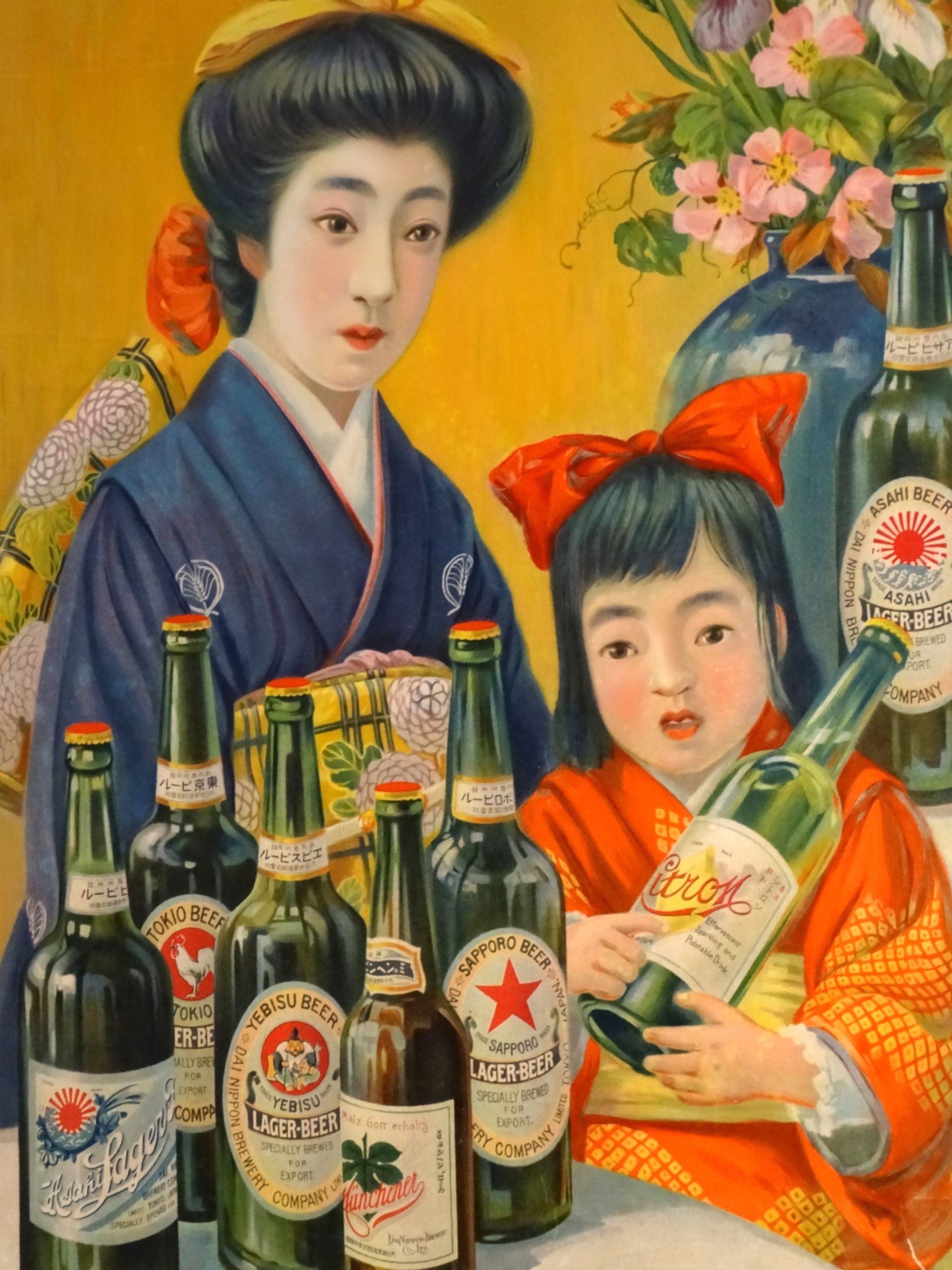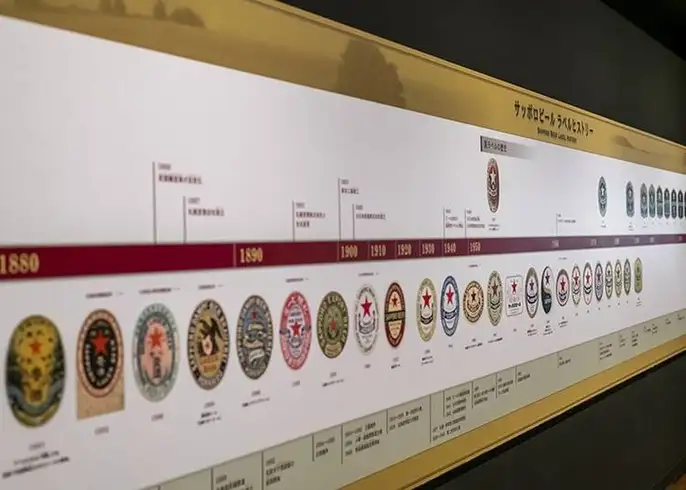The Origins of Sapporo Beer
In discussing the evolution of Sapporo Beer, it is crucial to begin at the foundation. Sapporo, one of the oldest and most renowned beer brands in Japan, was first brewed in 1876 by Seibei Nakagawa.
His journey to Germany to learn the craft of beer-making was instrumental in bringing European brewing techniques to Japan, which influenced the initial brewing style of Sapporo. This period marked the inception of a brand that would grow to become synonymous with Japanese culture and quality beer.
The early marketing strategies were primarily focused on emphasizing the quality and the unique brewing process of their product.
Even in its early days, Sapporo was already paving its way towards becoming a market leader in Japan. The iconic star logo, which represents the North Star, was introduced to signify guidance and leadership, elements that are closely associated with the brand’s image even today.
The transition from local to national prominence was marked by strategic expansions and partnerships. The opening of its first brewery in Sapporo set the stage for its subsequent expansions, solidifying its foothold in the competitive beer market in Japan.
The authenticity and distinct flavor profile of Sapporo Beer helped it to stand out among other domestic products, creating a loyal customer base from early on.

Global Expansion and Branding
As the 20th century progressed, Sapporo Beer recognized the need to compete on a global scale. To meet this end, it began exporting its beer overseas. The international market presented new challenges but also vast opportunities.
The globalization strategy included crafting a universal appeal while maintaining the intrinsic Japanese quality that Sapporo was known for. This period saw Sapporo expanding into new markets such as the United States and Canada.
Adapting to global tastes while retaining its identity was crucial. Packaging redesigns were often subtle yet impactful, with the aim of resonating with both domestic and international consumers.
The company leveraged sports events, festivals, and other public events to increase brand visibility globally. This approach not only boosted their sales but also cemented their presence in the international beer market.
The formulation of partnerships with international distributors and local businesses abroad was a strategic move that facilitated deeper market penetration and enhanced brand loyalty among global consumers.
This era of expansion was crucial in transforming Sapporo from a national brand into a global icon.
Innovations in Brewing Techniques
Technological advancements have played a significant role in the evolution of Sapporo Beer. Over the years, Sapporo has embraced innovation to improve the quality and efficiency of its production processes.
This included adopting automated brewing systems and cutting-edge filtration techniques, which ensured consistent flavor and quality on a large scale.
Environmental concerns and sustainability have also become integral to Sapporo’s operations. The company has invested in eco-friendly brewing technologies that reduce water and energy usage, demonstrating its commitment to environmental stewardship.
These advancements not only improved operational efficiency but also appealed to environmentally conscious consumers.
Seasonal and limited-edition brews have become a popular strategy for keeping the brand relevant and engaging.
These offerings allow Sapporo to experiment with different ingredients and brewing methods, thus continuously refining their product line and engaging with beer enthusiasts who look for variety and innovation in brewing.
Challenges and Adaptations
The journey of Sapporo Beer has not been without challenges. Changing market trends, economic fluctuations, and the increasing competition in the beer industry have tested the resilience and adaptability of the brand.
However, Sapporo’s ability to stay relevant through innovative marketing strategies and product diversification has been key to its sustained success.
For instance, the rise of craft beer has prompted Sapporo to invest in craft brewing sectors, acquiring several smaller breweries to diversify its portfolio and tap into the craft beer market. This strategic move has allowed Sapporo to broaden its appeal and cater to a wider range of tastes.
Regulatory changes in various countries have also prompted adaptations in how Sapporo operates internationally.
Compliance with international food and beverage regulations has been crucial for maintaining its market presence abroad and ensuring the safety and satisfaction of its global customer base.
Looking to the Future
As Sapporo Beer looks to the future, it continues to focus on innovation and global market trends to maintain its position as a leader in the beer industry.
Anticipating consumer needs and responding with agile product development and marketing strategies will be crucial for its continued growth and success.
Moreover, Sapporo is increasing its investments in digital marketing and e-commerce platforms, recognizing the shifting consumer buying patterns towards online shopping.
Engaging with customers through digital media and enhancing online customer experiences are priorities that reflect the company’s adaptation to the digital age.
Ultimately, the enduring legacy of Sapporo Beer is a testament to its quality, innovation, and adaptability.
As it navigates the complexities of the global market, Sapporo remains dedicated to upholding the high standards set by its founders while embracing the changes that come with evolving consumer preferences and market dynamics.
